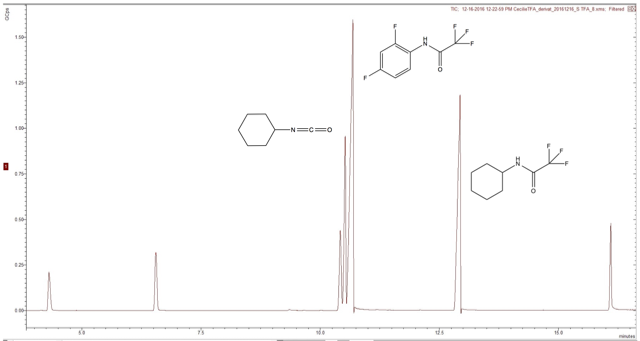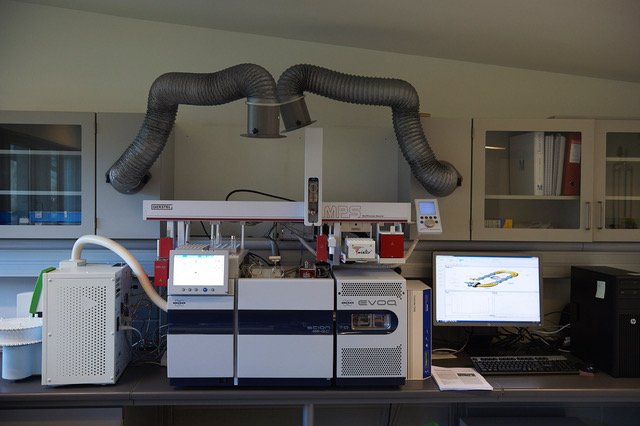Universitetsavisen
Nørregade 10
1165 København K
Tlf: 35 32 28 98 (mon-thurs)
E-mail: uni-avis@adm.ku.dk
—
Campus
Student job — Cecilie L. Carstens studies chemistry and works as a laboratory assistant in the company Infuser ApS, which works with air purification technologies and cooperates with the University of Copenhagen.
The student job: I am what they call a ‘Scientific Laboratory Assistant’ at
Subject: I am studying 6th semester chemistry
How long have you worked there? I have been employed since December 2016.
How did you get the job? I got the job in connection with a research project I was doing at Infuser. At Infuser we work with air purification – both on an industrial scale and on a smaller scale, like in daycare centers, apartments and houses.
On a regular day, I perform many different tasks. I often set up standard solutions and run GC-MS samples for calibration curves, for example.
There are a crazy amount of details in all of this, and this makes it difficult to explain in a simple way. But standard solutions mean, at a practical level, that we mix known chemicals in certain concentrations and amounts. One of the standard solutions is diluted and in this way we get several different concentrations of the solution. Then we have a whole range of standard solutions in different concentrations that we put through the GC-MS. The spectra that come out show how the composition changes graphically, as the different peaks change size, height and width, all depending on the concentration of the chemicals.
From the different spectra you can then graph a linear correlation between the concentration and the individual peaks’ sizes – and this is what is called a calibration curve. Spectra and calibration curves can be used as a kind of ‘template’ for the more or less unknown samples that we get in and want to analyze.
At Infuser we also investigate how harmful substances, using UV light and catalysts, can be decomposed into non-harmful substances. Our goal is to reduce or eliminate harmful or noxious emissions from factories that work with hazardous or toxic chemicals, or to improve the indoor climate while reducing energy consumption.
Some days, there can be some peculiar tasks. Like if a sample has been taken from an installation where the colour is strange, smells ugly or has precipitate. My task is to find out what the strange things are, which can sometimes be a bit of a mystery.
Tests like these cannot be run directly on a GC-MS, so you have to be creative and find other ways to analyze the samples.
The University Post has previously written about Infuser. Read the story about the company, the research and the man behind it all, the chemistry professor Matthew Johnson, here.

